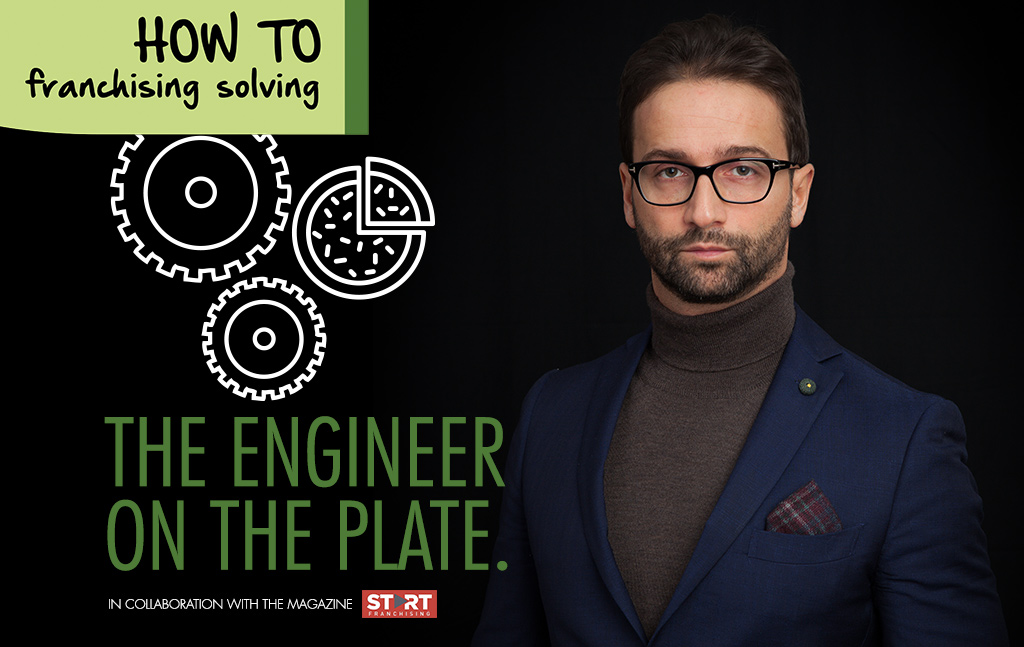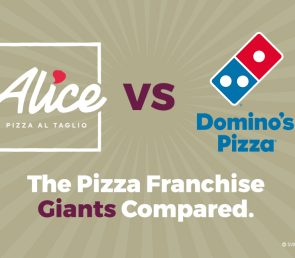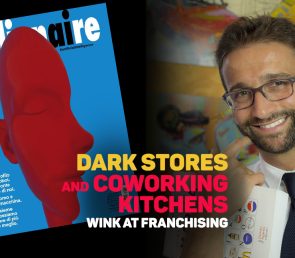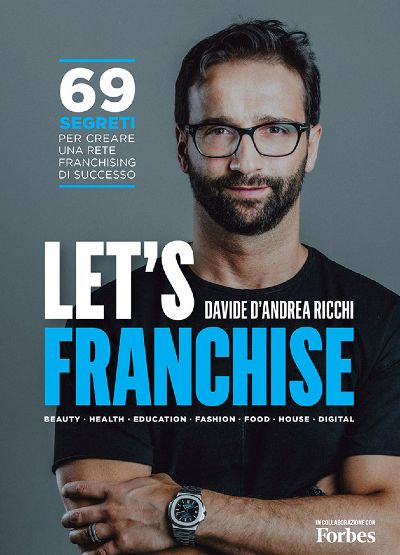
The Engineer on the Plate
After discussing the experience in the Health & Beauty sector in the last edition, this month’s case shifts to the food sector. Here is the “profile” of the case below.
The Situation: The case concerns a small Milanese chain consisting of 4 restaurants, but it has nothing to do with the transmission of the dear chef Alessandro Borghese. Specifically, these are pizzerias with a kitchen, whose ownership contacted our offices to evaluate and start a franchising development project. However, before launching the franchising format on the market, a detailed analysis of feasibility and profitability was carried out. Essentially, we assessed whether the business model was already ready or if it needed some implementation. The check-up revealed that despite recording interesting revenues and an attendance of over 100 average daily visits, two out of the 4 restaurants showed small losses that, by eroding the profitability of the others, would have made the realization of a development plan more complicated.
Therefore, before preparing a franchising development strategy, we preferred to make the two restaurants in deficit profitable by injecting some therapeutic interventions into them.
Challenges
- 1. Menu Engineering
The first intervention concerned the menu: removing dishes with low profit margins and less demand. This had the effect of reducing waste and simplifying kitchen work. The second intervention: building a food cost for each dish in order to create a standard of work and preserve a maximum incidence for each dish of the cost of sales of 30%. - 2. Cross Selling
The pricing strategy up to that point had proven to be successful. Therefore, instead of raising menu prices, it was preferred to operate on a very simple but impactful cross-selling activity on “big numbers” and, above all, required staff training. Up to that point, a welcome hors d’oeuvre represented by a small basket of warm and very popular white focaccia (bread substitute) was provided free of charge at each table. Practically, the solution was right in front of us, or rather on the table: we decided to charge only 1 euro for that basket, and that euro would solve the problem of losses. In fact, this value, multiplied by the number of annual receipts, allowed an increase of about 20/25k for each restaurant. In conclusion, menu engineering in terms of raw material costs generated a reduction of about 5%. Meanwhile, on the revenue side, the cross-selling action generated a plus 5%. Following these implementation interventions, the format with its new income capacity became decidedly appealing to affiliates and investors.





